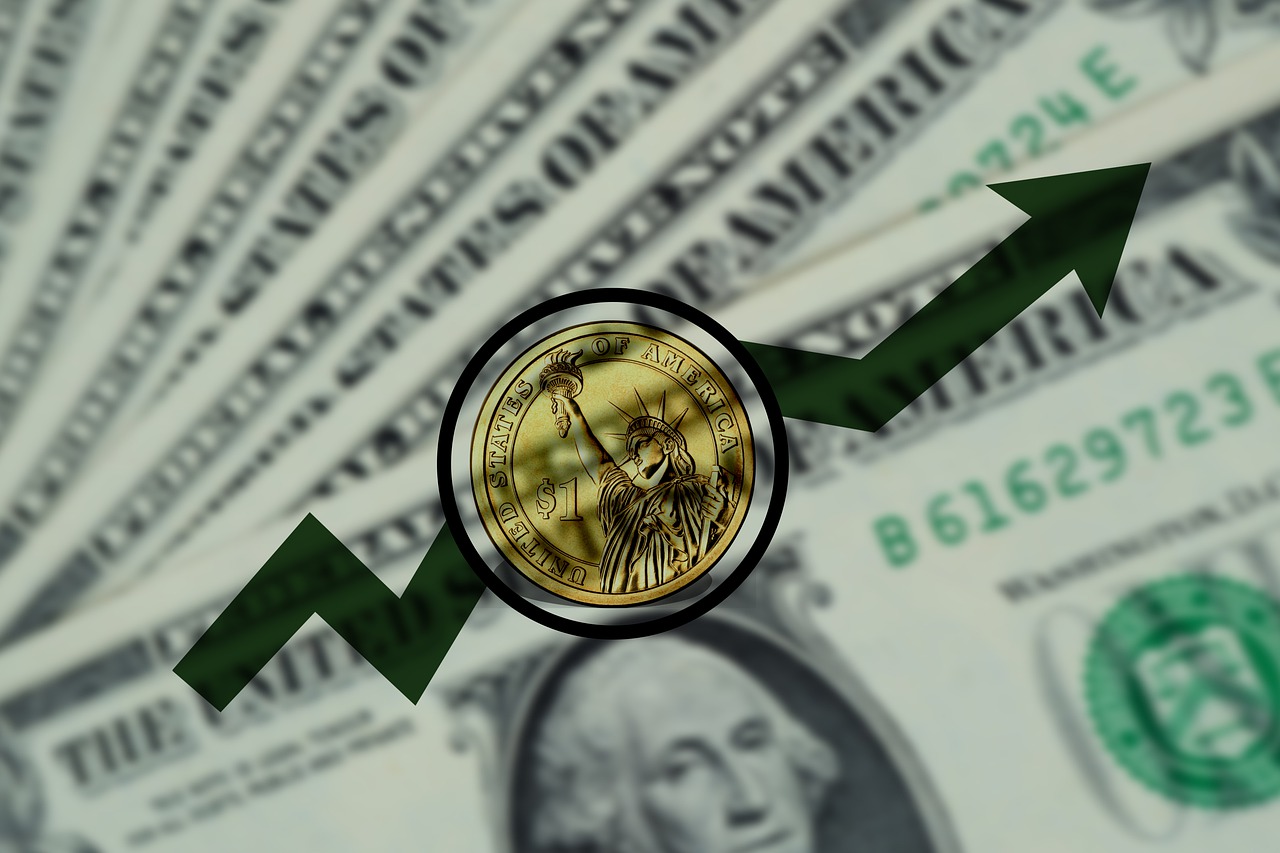Yen to USD Exchange Rate: Key Insights on Economic Indicators, Tax Implications, and Conversion Options
GPT_Global - 2025-10-26 06:30:20.0 13
What economic indicators should I watch to understand the yen to USD exchange rate?
The yen to USD exchange rate is one of the most closely watched currency pairs in the world, especially for people sending money between Japan and the United States. Understanding what drives this exchange rate can help you make smarter remittance decisions and get better value for your transfers.
One of the key economic indicators to monitor is **interest rates** set by the Bank of Japan (BOJ) and the U.S. Federal Reserve. When U.S. rates rise while Japan’s remain low, the yen often weakens against the dollar. Another important factor is **inflation rates**, as higher inflation in one country can erode currency value. **Trade balance** and **GDP growth** also play major roles, reflecting each country’s economic health and competitiveness.
Additionally, **market sentiment** and **safe-haven demand** influence yen movements—investors often buy yen in times of global uncertainty. By tracking these indicators, individuals and businesses can time their money transfers more effectively, ensuring they get favorable exchange rates when sending remittances between Japan and the U.S.

What are the tax implications when converting 1 million yen into USD?
When converting 1 million yen into USD, there are several tax implications to consider, especially for those engaged in remittance services. In Japan, currency exchange itself typically does not incur any tax. However, if the transaction is part of a business activity, the income generated through the exchange could be subject to taxation, such as consumption tax or income tax, depending on the nature of the remittance service.
For businesses dealing with large currency conversions like remittance companies, it's crucial to ensure that transactions are recorded accurately. If the conversion results in a profit, the business may need to report it as income, subject to tax rates based on the jurisdiction's rules. In the U.S., for example, foreign currency exchanges are generally not taxable unless the transaction generates a capital gain.
Additionally, remittance companies might have to consider any compliance issues related to the Anti-Money Laundering (AML) regulations, especially when handling large sums such as 1 million yen. These rules can indirectly affect tax obligations by requiring detailed reporting of cross-border financial activities.
Overall, it's important to seek professional advice to navigate the complexities of tax laws regarding currency conversions, ensuring full compliance and minimizing tax liabilities.
How do exchange rate fluctuations between yen and USD impact global stock markets?
Exchange rate fluctuations between the Japanese Yen (JPY) and the US Dollar (USD) can significantly impact global stock markets, including the remittance industry. As a leading currency pair, the value of the Yen against the Dollar influences international trade, investment flows, and financial markets globally. When the Yen strengthens against the USD, Japanese exports become more expensive, potentially reducing demand for them. This can lead to a downturn in global stock markets, especially in countries that rely on Japanese goods.
For remittance businesses, exchange rate volatility affects the cost and efficiency of transferring funds between countries. A stronger Yen can make it more expensive for individuals sending money from Japan, whereas a weaker Yen can lower the cost of sending remittances. Remittance companies need to monitor currency fluctuations closely to adjust their services accordingly and provide customers with competitive rates.
In conclusion, fluctuations in the Yen-USD exchange rate have far-reaching consequences, influencing everything from global stock markets to individual remittance transfers. For businesses operating in the remittance sector, staying informed and adapting to these changes is key to maintaining efficiency and customer satisfaction.
If I have 1 million yen, where is the best place to exchange it for US dollars?
When you're looking to exchange 1 million yen for US dollars, choosing the right place for your transaction can save you a significant amount of money. Many individuals turn to banks, currency exchange offices, or online platforms to handle such exchanges. However, the rates and fees can vary greatly depending on where you go.
Typically, banks offer reliable service but might charge higher fees or provide less favorable exchange rates. Currency exchange offices located in airports or tourist areas also tend to offer competitive rates, but they can be less favorable than local exchange providers. For those looking for the best deal, it's essential to compare the exchange rates and service fees from several providers before committing.
Online remittance services have become increasingly popular for their convenience and competitive rates. These platforms often offer better exchange rates compared to traditional banks, with lower fees and faster transfer times. By researching the best online platforms, you can exchange 1 million yen to US dollars efficiently and cost-effectively.
In conclusion, comparing multiple exchange options — whether through banks, currency offices, or online platforms — will ensure you get the most out of your yen. Remember to factor in both the exchange rate and service fees before making a decision.
How do global events like trade wars or natural disasters affect the yen to USD exchange rate?
The value of the Japanese yen (JPY) against the US dollar (USD) is influenced by global events, including trade wars and natural disasters. Understanding these dynamics is crucial for remittance businesses as they deal with currency exchange on a daily basis.
Trade wars, for example, can lead to economic uncertainty. When Japan’s trade relationships are strained, the yen often strengthens against the dollar as investors seek safe-haven currencies. This can result in higher exchange rates, affecting remittance fees and the amount received by recipients.
Natural disasters, on the other hand, can disrupt Japan’s economy. After events like earthquakes or tsunamis, the yen may weaken as the country deals with recovery efforts. This causes fluctuations in exchange rates, which remittance businesses must account for in order to provide competitive and reliable services.
For remittance businesses, staying informed about global events and understanding how they impact currency exchange is vital to offering fair, transparent rates. By anticipating changes in the yen to USD exchange rate, businesses can help customers navigate fluctuations and maximize the value of their transfers.
Can 1 million yen buy more or less in the United States than in Japan?
When considering remittances, one of the most common questions is whether 1 million yen can buy more in the United States than in Japan. The value of money can vary significantly between countries due to exchange rates, cost of living, and local purchasing power.
In Japan, 1 million yen holds substantial purchasing power. This amount can cover monthly rent in some areas, buy high-quality electronics, or even fund a vacation. However, in the United States, the situation is different. The exchange rate and higher cost of living, particularly in large cities, mean that 1 million yen doesn't stretch as far. For example, rent in major U.S. cities like New York or Los Angeles may take a significant portion of that amount.
As a result, when sending remittances to family or friends in Japan, the yen can go further compared to sending money to the U.S., where it may not stretch as far. Understanding the exchange rate and local costs is essential for remittance senders to make the most of their transfers.
What tools or websites can I use to check the latest yen to USD exchange rate?
When managing international remittances, staying updated on exchange rates is crucial for both businesses and customers. For those handling yen-to-USD transfers, it's important to use reliable tools and websites to track the latest exchange rates. This ensures that clients get the best value for their money and avoid unnecessary losses due to fluctuating rates.
One of the most popular resources for checking exchange rates is XE.com. It provides real-time data on a variety of currencies, including the yen-to-USD rate. Another excellent tool is OANDA, which offers historical data and live exchange rate charts, making it a great option for businesses needing detailed insights. Additionally, Google Finance offers a simple and quick way to check the current exchange rate by simply searching for "JPY to USD."
For those looking for mobile apps, the XE Currency app is a convenient option, while apps like Revolut also offer competitive exchange rates for remittance transactions. Businesses should also consider integrating APIs like Open Exchange Rates to streamline the process of getting accurate exchange data directly into their systems.
By regularly monitoring these platforms, remittance businesses can ensure they are offering competitive rates and fostering trust with their customers.
About Panda Remit
Panda Remit is committed to providing global users with more convenient, safe, reliable, and affordable online cross-border remittance services。
International remittance services from more than 30 countries/regions around the world are now available: including Japan, Hong Kong, Europe, the United States, Australia, and other markets, and are recognized and trusted by millions of users around the world.
Visit Panda Remit Official Website or Download PandaRemit App, to learn more about remittance info.


